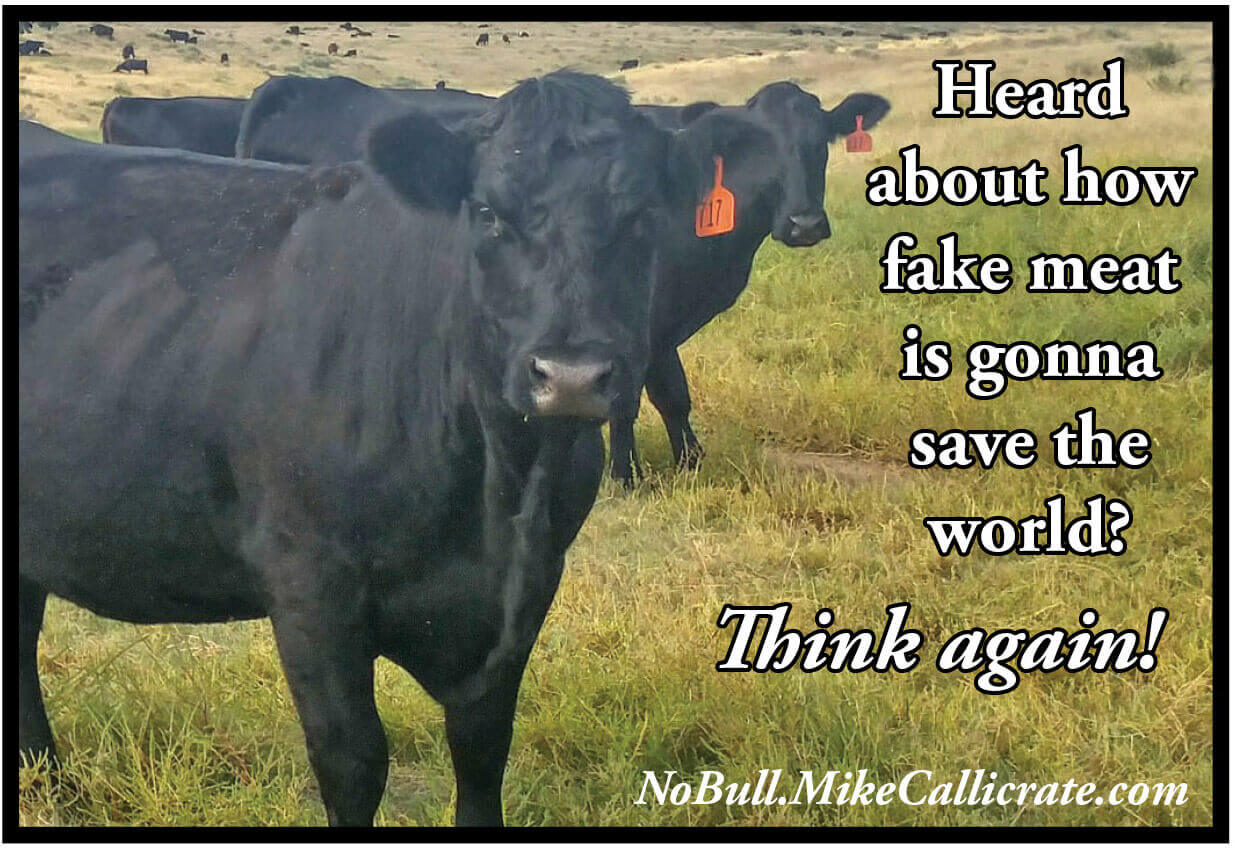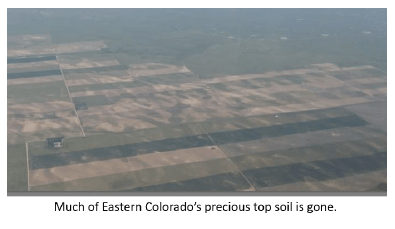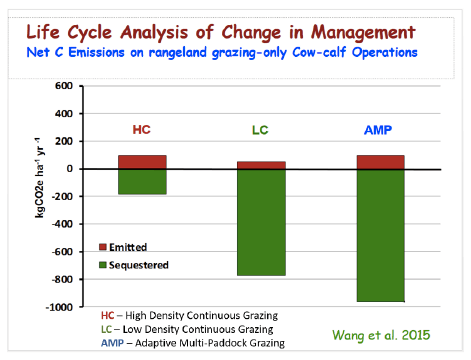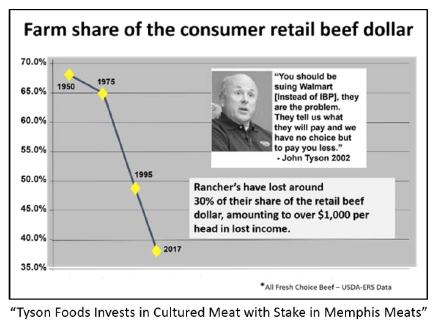
by Mike Callicrate | March 4, 2019
Re-creating meat in a laboratory won’t mitigate climate change, it won’t provide us with the nutrient-dense traditional foods our bodies crave, and it won’t bring much-needed improvements to our existing food system or our economy.
Let’s start with a critical fact: well managed grazing of ruminant animals is essential to promoting healthy landscapes that sequester carbon rather than dispersing it into the atmosphere. Where we’ve gone wrong is in allowing diversified family farms to be replaced with highly concentrated top-down-controlled industrialized factory food production, and too often new technology has been used to facilitate this transition rather than to support better alternatives.

As a rancher, I’ve intentionally shifted away from large scale farming and cattle feeding to a regenerative model. Notice I didn’t say the word “sustainable.” Sustaining the current trend isn’t an option. We must regenerate, repair, and restore health back to our planet, and we must do this by making the regenerative model of agriculture more economically viable, so it becomes more widely adopted.
On our operation we now rotate multiple species of livestock across semi-arid pastures and farm fields planted to cover crops, which helps to heal prairie soils that should never have been broken out with deep tillage. The animals are raised and slaughtered right on the farm to eliminate the stress of long-haul trucking, slaughter waste is composted, and the bones are used to make broth before being pyrolyzed into bone-char, a carbon, calcium and phosphorous rich soil building additive. I’m also working to build a new local-regional food system that connects regenerative farmers and ranchers directly with consumers through Colorado Springs-based Ranch Foods Direct and the Peak to Plains Food Hub.

That is in contrast to modern farming practices, which mine our soils, destroy the microbiological soil function essential to produce nutrient dense food, squander precious water resources, and pollute our environment. Exciting new approaches to restoring climate and soil health include adaptive multi-paddock grazing, or AMP (see accompanying chart), planting cover crops so living roots are in the soil at all times, and adding natural carbon like biochar (Terra Preta) to house and feed soil microbes. But these methods will also require new investment and more farmers returning to the land.
Eliminating livestock production and its invaluable environmental impact with manufactured meat does nothing to address climate change. Industrial agriculture’s carbon footprint is very high due to destruction of soil biological function and loss of soil via erosion. In contrast, well-managed grazing is the only way to restore land health and mitigate desertification and other negative environmental shifts, according to many researchers. Texas A&M Professor of Grazing Ecology & Management Richard Teague explains that with appropriate grazing management, ruminant livestock sequester enough carbon in the soil to more than offset their greenhouse gas emissions. Well-managed grazing also provides other ecosystem services including improved water infiltration, nutrient cycling, soil formation, biodiversity, and wildlife habitat.

Rather than reducing ruminant numbers and encouraging destructive agricultural land use by subsidizing monoculture commodity production, Teague recommends we reward regenerative agriculture that focuses on increasing soil carbon, which would lead to wider adoption and much faster progress toward restoring a stable, resilient climate.
Lab cultured meats compound another existing problem in our society: our over-reliance on heavily processed and manufactured foods, fake flavorings and fast food. This is bait-and-switch: it gives our bodies a false sense of nourishment but long-term leaves us depleted of the building blocks of true health and vitality. Books like Cate Shanahan’s Deep Nutrition explain why traditional foods like real meat on the bone, bone broth and organ meats — which can only be derived from ruminant animals — are essential to optimal human health. Those are the nutritional sources our bodies have evolved to utilize most effectively.
Fake meat stems from a misguided mindset that puts blind faith in technology as the answer to every problem. But as we know, technology, once patented, becomes a tool for control and wealth extraction by a few monopolistic players. As a rancher, I’ve experienced first-hand how damaging consolidation can be: monopolistic beef packers and food retailers have squeezed the livelihood out of the daily care for land and livestock. With four meat packers now controlling nearly all beef processing, and a handful of large retailers partnering with the same meat packers to control access to the marketplace, the producer share of the food dollar has plummeted to all-time lows. Nearly half of our ranchers have been put out of business over the last half-century. Main streets of once thriving rural communities are all but gone, replaced with a Dollar store on the edge of town selling unhealthy, over-processed, heavily transported food.
Meanwhile, the same companies that have used their concentrated monopoly power to lower prices to farmers and ranchers (JBS, Tyson and Cargill) are now investing in cellular fake-protein technology that could eventually be used to replace farmers and ranchers entirely, with the ultimate goal of maintaining control of our food supply.

Rather than investing in expensive artificial meat substitutes, we should instead support and incentivize the development of localized food infrastructure, regenerative farming practices and healthy traditional foods. That would revolutionize the way we produce food for the better, reverse our declining health and create a more balanced world with fewer people concentrated in cities and more of them living in healthy, well-managed rural settings where all of life can flourish.
While I believe we do need to take action to reverse human-caused climate change, manufacturing fake meat in a lab is not a real, lasting or meaningful solution.












